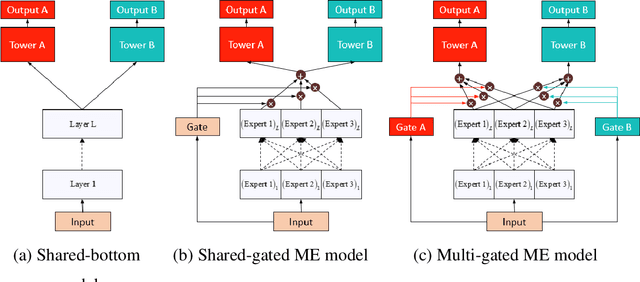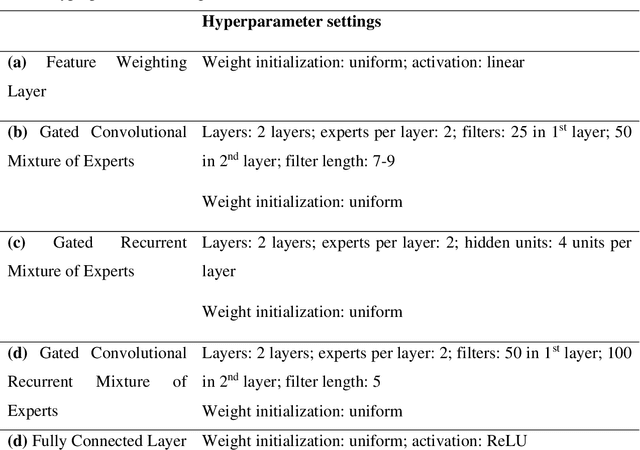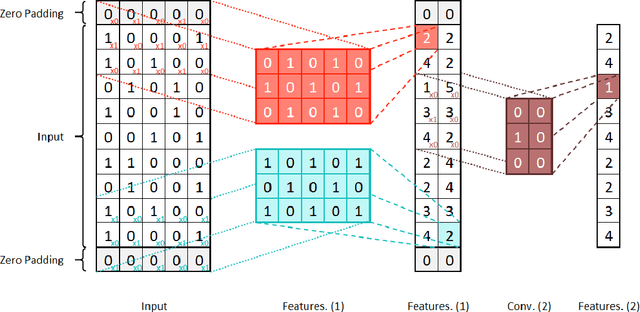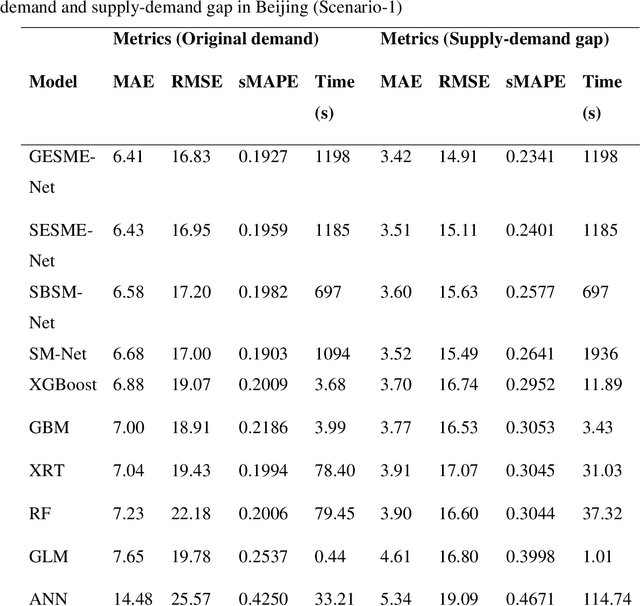D. Wang
Latent Space Inference For Spatial Transcriptomics
Nov 01, 2023Abstract:In order to understand the complexities of cellular biology, researchers are interested in two important metrics: the genetic expression information of cells and their spatial coordinates within a tissue sample. However, state-of-the art methods, namely single-cell RNA sequencing and image based spatial transcriptomics can only recover a subset of this information, either full genetic expression with loss of spatial information, or spatial information with loss of resolution in sequencing data. In this project, we investigate a probabilistic machine learning method to obtain the full genetic expression information for tissues samples while also preserving their spatial coordinates. This is done through mapping both datasets to a joint latent space representation with the use of variational machine learning methods. From here, the full genetic and spatial information can be decoded and to give us greater insights on the understanding of cellular processes and pathways.
Multiple-Step Quantized Triplet STDP Implemented with Memristive Synapse
Jun 13, 2023



Abstract:As an extension of the pairwise spike-timingdependent plasticity (STDP) learning rule, the triplet STDP is provided with greater capability in characterizing the synaptic changes in the biological neural cell. In this work, a novel mixedsignal circuit scheme, called multiple-step quantized triplet STDP, is designed to provide a precise and flexible implementation of coactivation triplet STDP learning rule in memristive synapse spiking neural network. The robustness of the circuit is greatly improved through the utilization of pulse-width encoded weight modulation signals. The circuit performance is studied through the simulations which are carried out in MATLAB Simulink & Simscape, and assessment is given by comparing the results of circuits with the algorithmic approaches.
Roadmap on Signal Processing for Next Generation Measurement Systems
Nov 09, 2021
Abstract:Signal processing is a fundamental component of almost any sensor-enabled system, with a wide range of applications across different scientific disciplines. Time series data, images, and video sequences comprise representative forms of signals that can be enhanced and analysed for information extraction and quantification. The recent advances in artificial intelligence and machine learning are shifting the research attention towards intelligent, data-driven, signal processing. This roadmap presents a critical overview of the state-of-the-art methods and applications aiming to highlight future challenges and research opportunities towards next generation measurement systems. It covers a broad spectrum of topics ranging from basic to industrial research, organized in concise thematic sections that reflect the trends and the impacts of current and future developments per research field. Furthermore, it offers guidance to researchers and funding agencies in identifying new prospects.
Gated Ensemble of Spatio-temporal Mixture of Experts for Multi-task Learning in Ride-hailing System
Jan 05, 2021



Abstract:Designing spatio-temporal forecasting models separately in a task-wise and city-wise manner pose a burden for the expanding transportation network companies. Therefore, a multi-task learning architecture is proposed in this study by developing gated ensemble of spatio-temporal mixture of experts network (GESME-Net) with convolutional recurrent neural network (CRNN), convolutional neural network (CNN), and recurrent neural network (RNN) for simultaneously forecasting spatio-temporal tasks in a city as well as across different cities. Furthermore, an input agnostic feature weighting layer is integrated with the architecture for learning joint representation in multi-task learning and revealing the contribution of the input features utilized in prediction. The proposed architecture is tested with data from Didi Chuxing for: (i) simultaneously forecasting demand and supply-demand gap in Beijing, and (ii) simultaneously forecasting demand across Chengdu and Xian. In both scenarios, models from our proposed architecture outperformed the single-task and multi-task deep learning benchmarks and ensemble-based machine learning algorithms.
 Add to Chrome
Add to Chrome Add to Firefox
Add to Firefox Add to Edge
Add to Edge